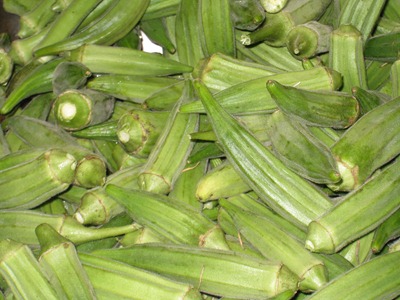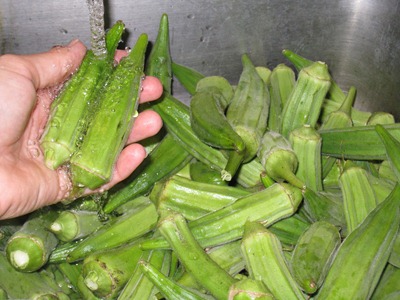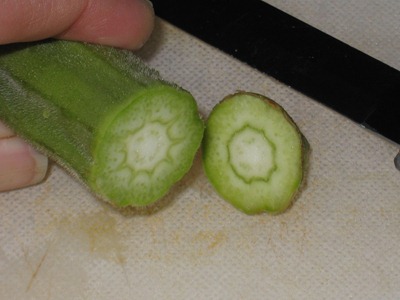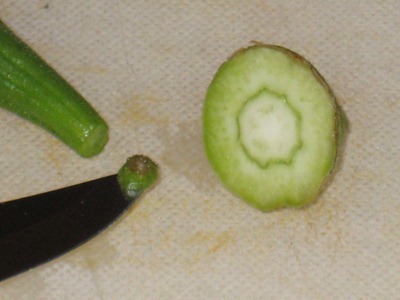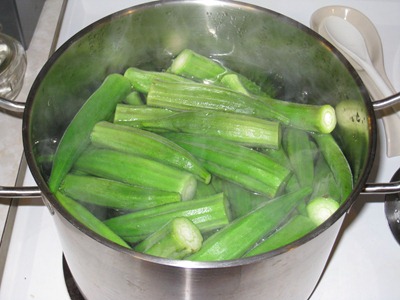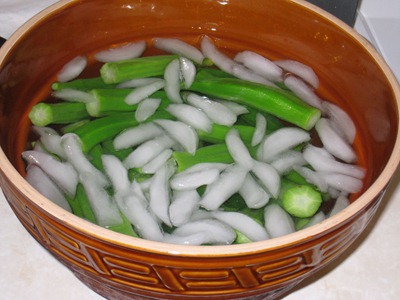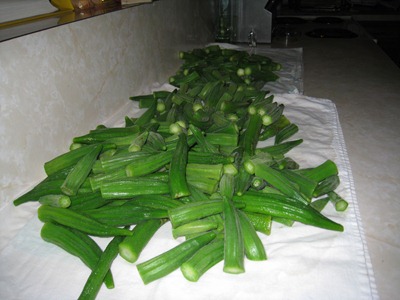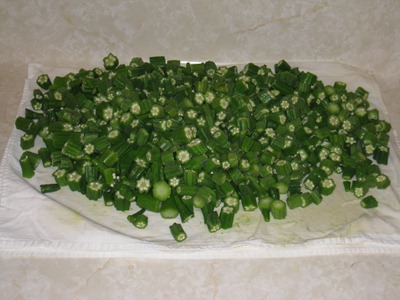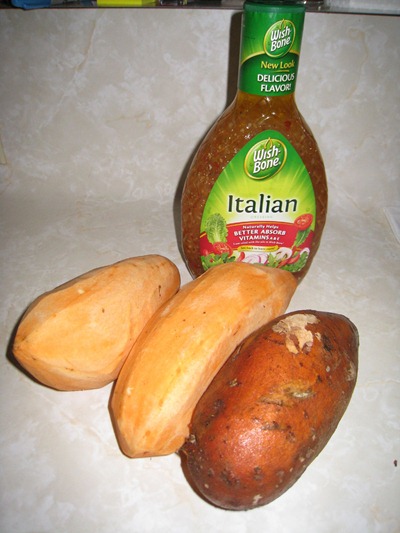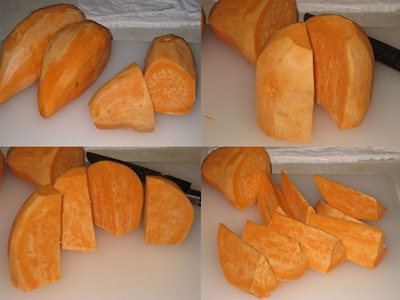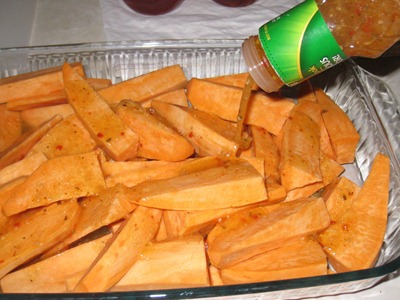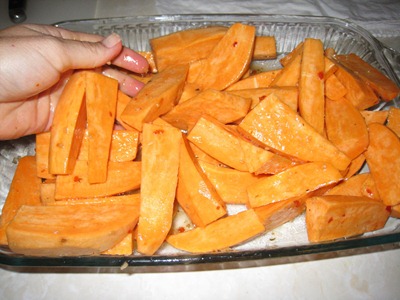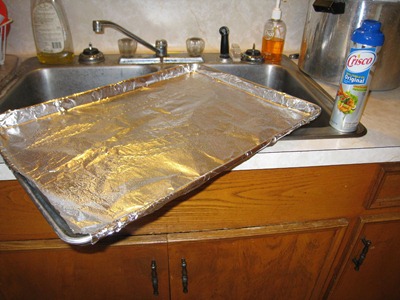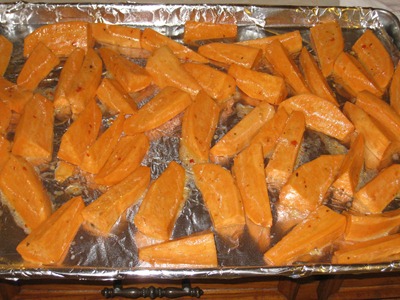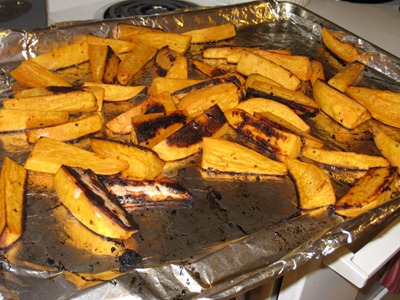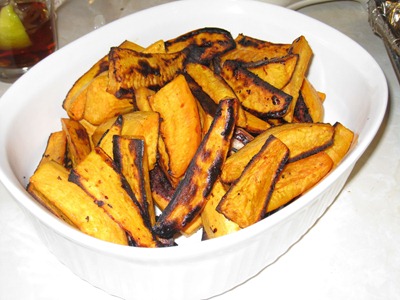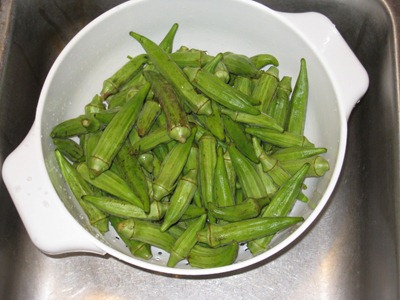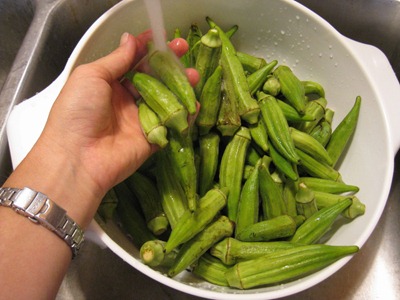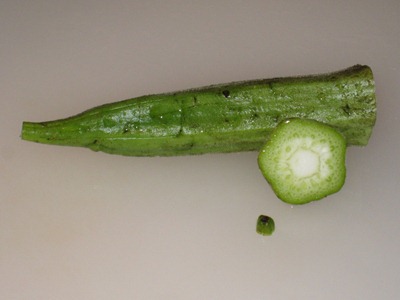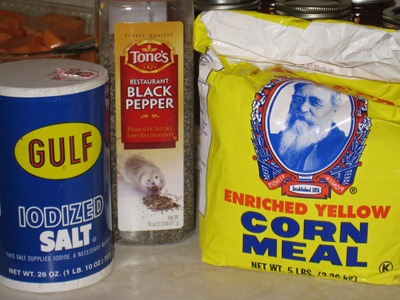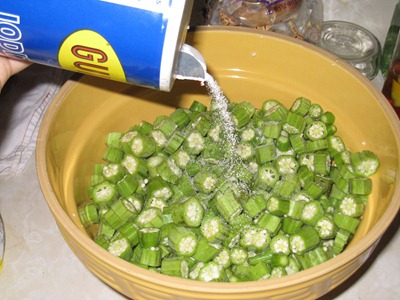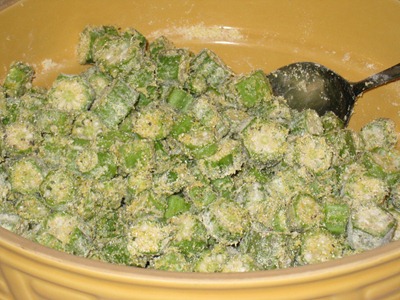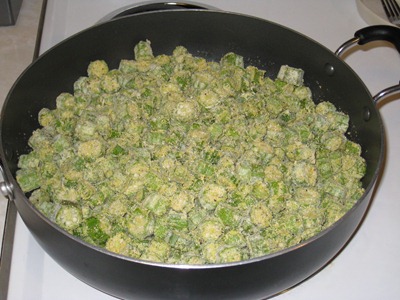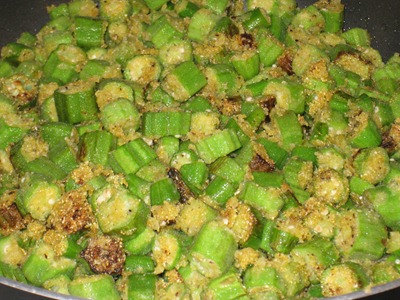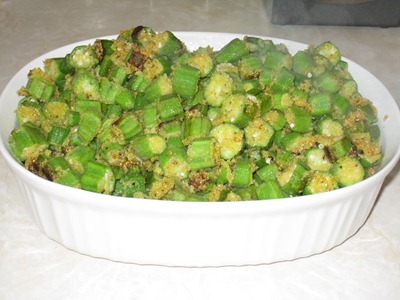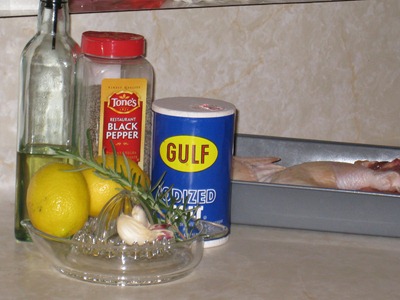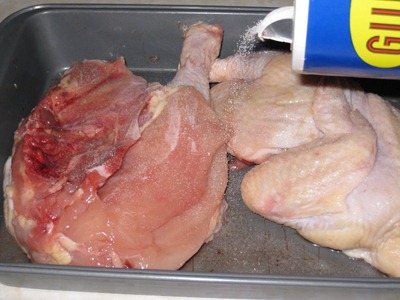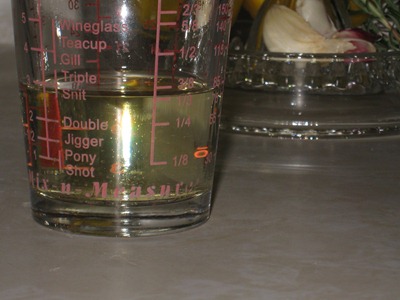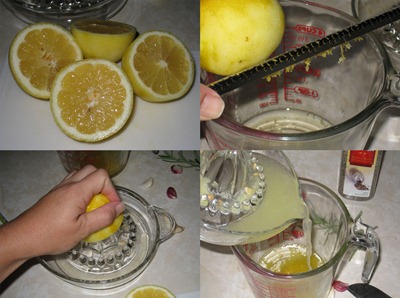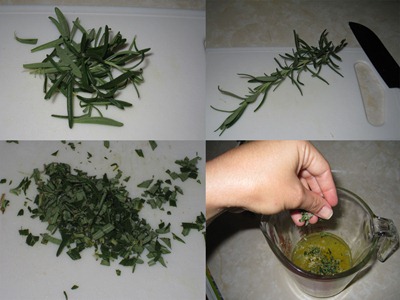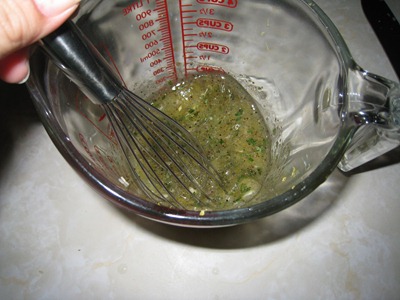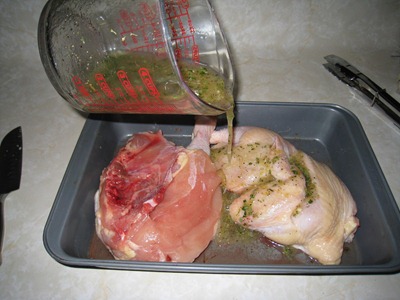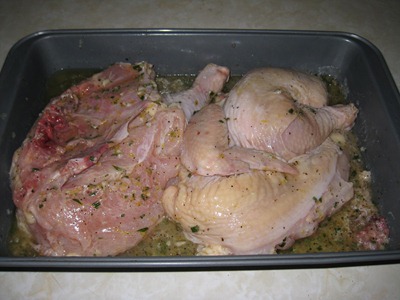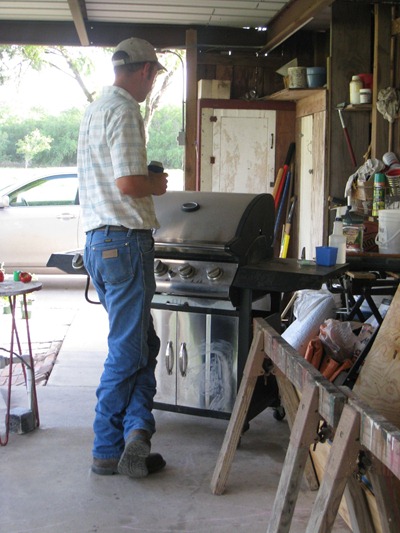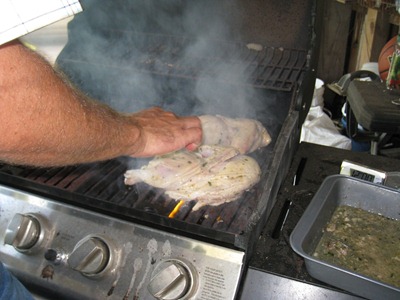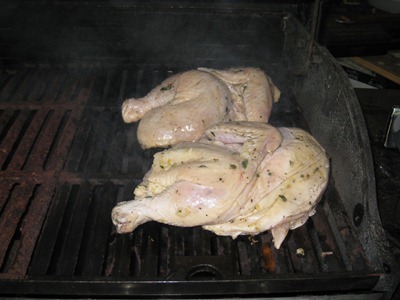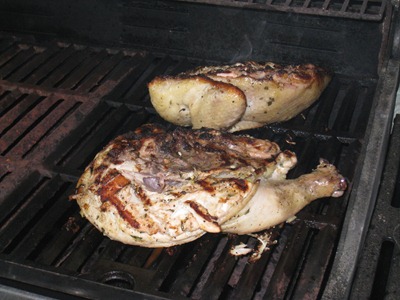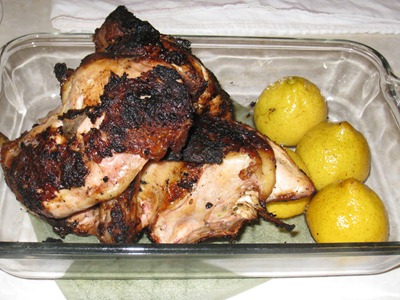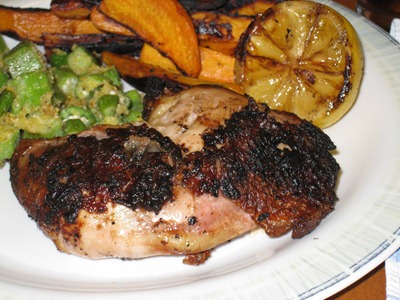Whoops, I promised this post two days ago! Sorry to keep you waiting!
I guess you could say that I was on an Ina Garden kick. I have been wanting to make her French Apple Tart for quite awhile, so when some fresh, local apples became available, I jumped on the chance to finally try my hand at this recipe!
Turns out, I’m not quite as fancy or as French as Ina Garten, so this is my, um, Rustic Apple Tart!
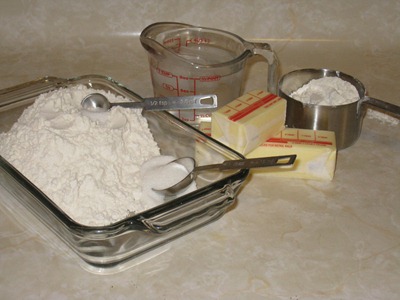
You’ll need flour, salt, sugar, butter; ice water, and a little more flour to work the dough.
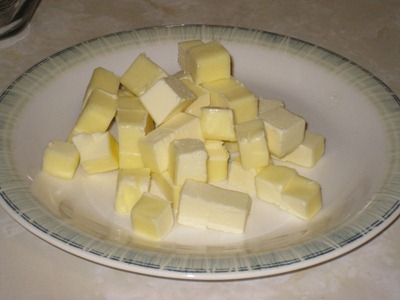
Cut the butter into cubes.
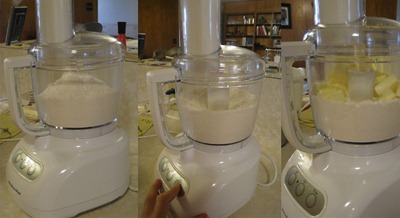
Add the flour, salt, and sugar to a food processor. Pulse to combine and then add in the diced butter.
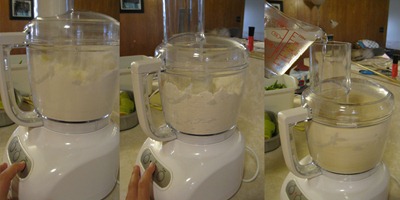
Pulse the diced butter with the flour mixture until pea sized chunks have formed. This did not turn out so well for me. If I try this again, I think I’d skip the food processor and just use some elbow grease with my pastry cutter.
While the food processor is on, add the 1/2 cup of ice water. This didn’t turn out so well for me either, most likely because the butter didn’t do exactly what it was supposed to do. I ended up with a sloppy, butter chunky dough that I added a little more flour to to get a decent consistency and then plowed on…

Turn the dough out onto a floured surface and form into a ball. Wrap the dough ball in plastic wrap and refrigerate for 1 hour.
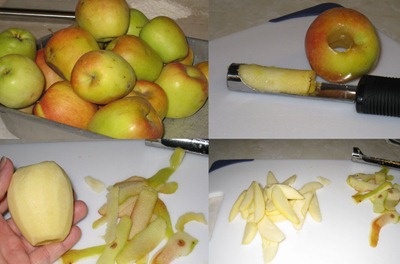
While your dough is chilling, core, peel, and slice your apples. The recipe says to not core, but instead use a melon baller to scoop out the seeds and then, when you slice, you’ll have nice pretty pieces. Hopefully, you caught where I said Rustic instead of French. I cored and sliced…nothing fancy!
To keep my apples from browning, I put them into a bowl and covered them with water until I needed them.
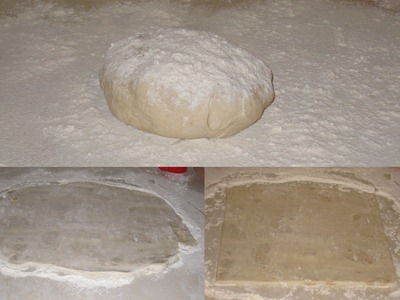
Once you’re finished with the apples and an hour has passed, unwrap the dough and put it onto a well-floured surface. Roll out the dough and cut into a 10x14” rectangle. Hmmm…I’m not so great at following these directions! I did cut my dough into a rectangle – not the right size – but then I used all of the extra dough to make an additional tart. See below.
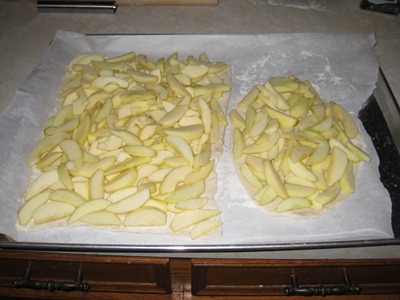
Place the dough onto a parchment paper lined baking sheet. Spread the apples onto the dough. Here, Ina Garten would make a beautiful display by lining up all of the apples in perfect rows running diagonally on the dough. Me, not so much. Rustic, people!!
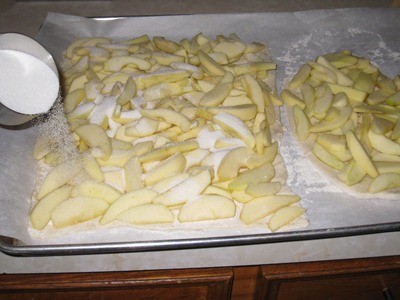
Sprinkle the apples with more sugar…
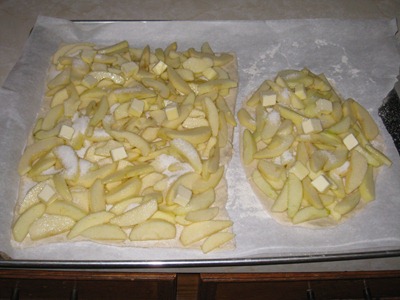
And dot with another half stick of butter. Bake at 400 degrees for 45 minutes to 1 hour, until the pastry is browned and the edges of the apples start to brown.
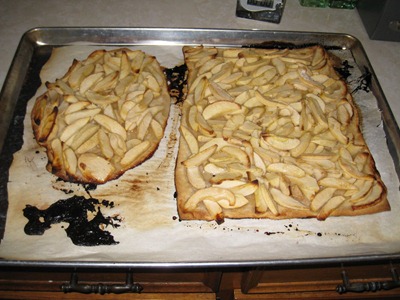
Juices will run out from the apples, and smell a little, but that’s no big deal, the tart will be just fine. Do, however, make sure that you’ve sufficiently lined your baking sheet. Some of the juice ran out past the paper and I very nearly did not get it all scraped off of my baking sheet!
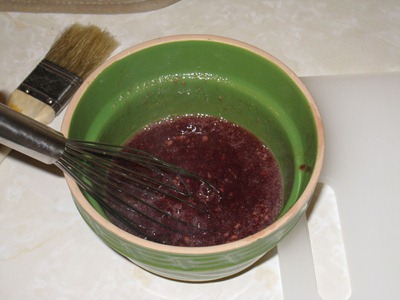
The recipe calls for a glaze made out of Apricot jelly or jam and rum. I had neither. Instead, I used a jar of my Plum Jam and thinned it with a little water. Heat it up in the microwave for just a few seconds, stir, and you’re ready to glaze!
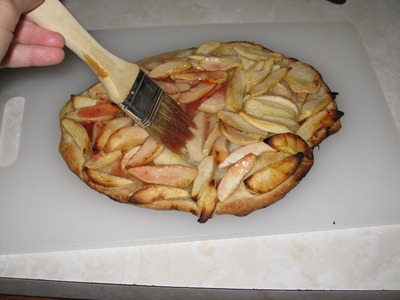
Brush the fruit glaze over the apples.
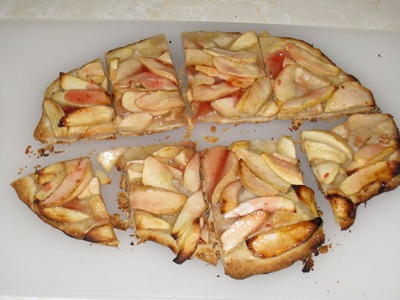
And then slice your tart.

Mmm…dig in! This tart was very delicious. Travis thought it was a nice change and the plum did very well in complementing the apples. The apples dry out some in the oven, so they really taste more like, well, dried or dehydrated apples. This was interesting because all of the sugars concentrate so nicely.
If you decide to make this, you should serve it shortly after taking it out of the oven while the dough is still crisp and try not to have leftovers. The dough tends to get very soggy and doesn’t keep for very long. You may be able to warm it up in the toaster oven to re-crisp the dough,, if you do end up having some the next day.
Enjoy something a little different!
~~~~~~~~~~~~~~~~~~~~~~~~~~~~~~~~~~~~~
Here’s the recipe, unchanged, straight out of Ina Garten’s Back to Basics cookbook:
For the pastry
- 2 cups all-purpose flour
- 1/2 teaspoon kosher salt
- 1 tablespoon sugar
- 12 tablespoons (1 1/2 sticks) cold unsalted buttter, diced
- 1/2 cup ice water
For the apples
- 4 Granny Smith apples
- 1/2 cup sugar
- 4 tablespoons (1/2 stick) cold, unsalted butter, small-diced
- 1/2 cup apricot jelly or warm sieved apricot jam
- 2 tablespoons Calvados, rum, or water
For the pastry, place the flour, salt, and sugar in the bowl of a food processor fitted with the steel blade. Pulse for a few seconds to combine. Add the butter and pulse 10-12 times, until the butter is in small bits the size of peas. With the motor running, pour the ice water down the feed tube and pulse just until the dough starts to come together. Dump onto a floured board and knead quickly into a ball. Wrap in plastic and refrigerate for at least 1 hour.
Preheat the oven to 400 degrees. Line a sheet pan with parchment paper.
Roll the dough slightly larger than 10x14 inches. Using a ruler and a small knife, trim the edges. Place the dough on the prepared sheet pan and refrigerate while you prepare the apples.
Peel the apples and cut them in half through the stem. Remove the stems and cores with a sharp knife and a melon baller. Slice the apples crosswise in 1/4-inch-thick slices. Place overlapping slices of apples diagonally down the middle of the tart and continue making diagonal rows on both sides of the first row until the pastry is covered with apple slices. ([Ina] tens not to use the apple ends in order to make the arrangement beautiful.) Sprinkle with the full 1/2 cup sugar and dot the the butter.
Bake for 45 minutes to 1 hour, until the pastry is browned and the edges of the apples start to brown. Rotate the pan once during cooking. If the pastry puffs up in one area, cut a little slit with a knife to let the air out. Don’t worry! the apple juices will burn in the pan but the tart will be fine! When the tart’s done, heat the apricot jelly together with the Calvados and brush the apples and the pastry completely with the jelly mixture. Loosen the tart with a metal spatula so it doesn’t stick to the paper. Allow to cool and serve warm or at room temperature.
